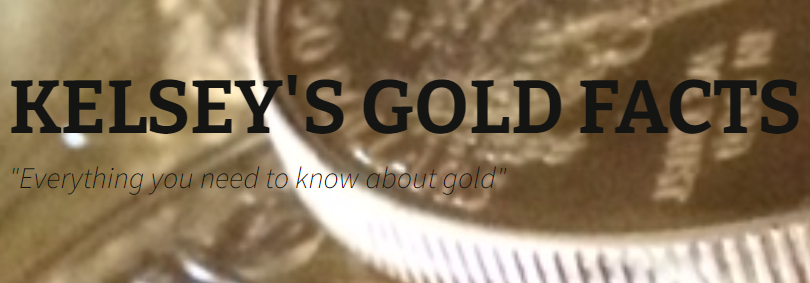CHAIRMAN POWELL
In 1970, an R&B vocal group called Chairmen of The Board debuted their first single – Give Me Just A Little More Time…
When I see Chairman Powell responding to questions about the Fed’s efforts to raise interest rates, including how effective their efforts are and when the expected/hoped for results will begin to show up, I hear the song playing in my mind.
What are the ‘hoped-for results’? In the Chairman’s words, “to return inflation to a range more in line with the Federal Reserve’s 2% target” or similar words to that effect. (see The Fed’s 2% Inflation Target Is Pointless) The implied purpose is to suppress inflation (more correctly, the effects of inflation) before it turns into something much worse, like runaway inflation or hyperinflation.
FED IS NOT FIGHTING INFLATION
What is not apparent to most people is that the Fed’s efforts are not doing anything to address the inflation problem at all.
That is because the Federal Reserve continues to expand the supply of money and credit. The expansion of the supply of money and credit IS inflation. Hence, inflation continues unabated. What the Fed is doing is driving up the cost of money and credit.
By raising interest rates, the Fed is simply making money and credit more expensive; but they are not consciously doing anything to reduce the expansion of the supply of money and credit. The Fed is still spiking the punch, but the ‘booze’ will cost you more.
UNINTENDED CONSEQUENCES
The best the Fed can hope for is that its indirect efforts will result in some moderation of the crippling effects of more than a century of intentional inflation and disregard for fundamental economics. However, for them to be successful to any measurable degree, they must avoid unintended consequences.
The biggest threat to their possible success is a liquidity crisis that results in a collapse in the credit markets similar to that which happened in 2008. This time it would be much worse and the effects would last much longer. Efforts by the Fed to stop or reverse it would likely fail. The Fed’s efforts to raise interest rates could cause this to happen.
In the late 1920s the Fed tried to raise interest rates to offset the natural ill effects of cheap credit which was made available for years before that. Economic activity began to slow and continued to weaken for several years before the stock market crash in 1929. The interest rate for margin loans for stock investments rose as well, but it did not slow down the pace of stock buying. The Great Depression that followed lasted for more than a decade.
Another unintended consequence is the scale and depth of ongoing deterioration in the financial markets. Ironically, the Fed is feeling the same effects as investors are in their brokerage and 401k accounts.
The Fed’s balance sheet is shrinking as was previously intended. The problem is that the value of all the bonds the Fed purchased and still holds has shrunk considerably over the past two years without liquidating anything. When they do sell something, the proceeds are much less than would have been received even one year ago.
FED DILEMMA
For the Fed, their choices were and still are: 1) Raise interest rates to protect and strengthen the US dollar all the while risking the possibility of causing a credit collapse, deflation, and a full-scale depression (see Default – Deflation – Depression ) OR 2) Continue to provide liquidity to the financial markets by maintaining low interest rates and risking accelerated declines in the US dollar.
Regardless of whether the Fed “pivots” or not, we are much closer to a cataclysmic event.
Kelsey Williams is the author of two books: INFLATION, WHAT IT IS, WHAT IT ISN’T, AND WHO’S RESPONSIBLE FOR IT and ALL HAIL THE FED!


